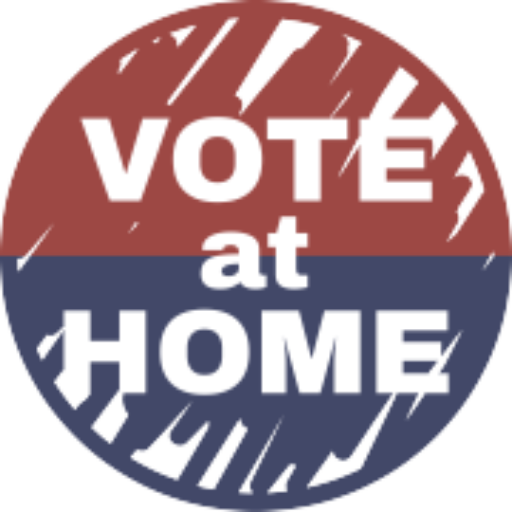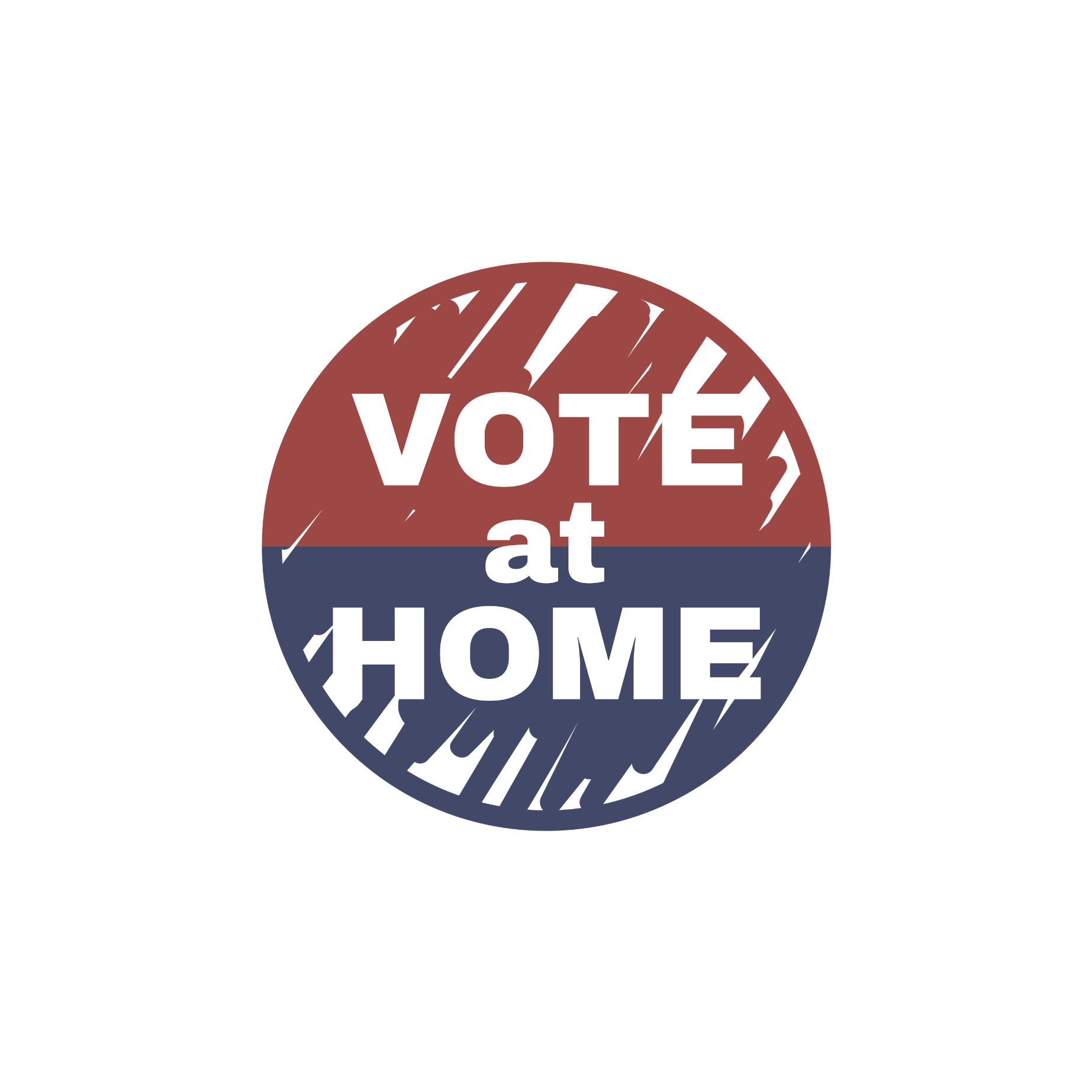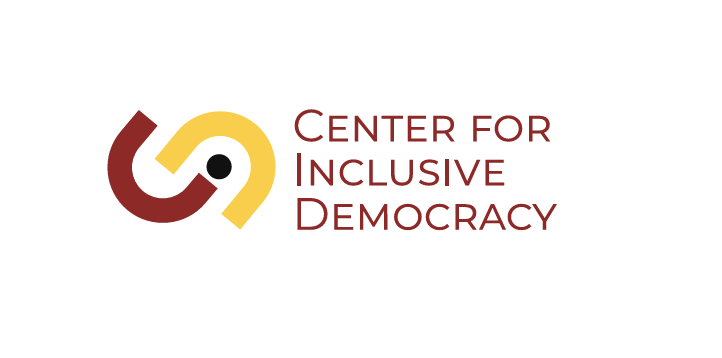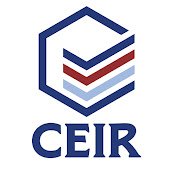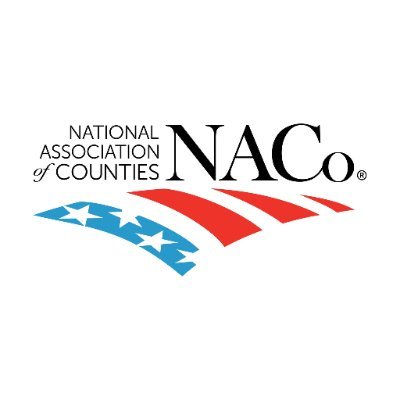September 2024
Every two years, leading politicians, journalists, interest groups, and citizens turn their collective attention to the upcoming presidential or midterm elections. Presidents, U.S. Senators and Representatives, and most statewide and state legislative officials are chosen in these contests.
In the most recent (2020) presidential general election, we know that about 2 in 3 eligible voters cast ballots. In recent midterm (2022) contests, it’s closer to 1 in 2. And in party primaries, where the eventual winners in the vast majority of partisan races are actually decided, the typical participation rate is about 1 in 4 voters. But not all elections are held in these even numbered years.
In fact, Americans select the vast majority of their elected officials in odd-numbered years, determining the electoral fate in most states of hundreds of thousands of local office-holders: mayors, city and county commissioners, school board and other special district board members, and more. The typical extremely low levels of voter turnout in these contests seldom receives mention, even in local news stories. Rarer still is any meaningful discussion of potential steps to address this problem, which some entrenched incumbents and their supporters don’t see as a real “problem.” However, we respectfully disagree.
The first goal of this white paper is to examine this important topic by focusing on voter turnout for one specific type of local office, city mayors, in a range of U.S. states that held such elections in 2023. For this analysis, we first identified 9 states from across the U.S. where mayoral elections are held in odd-numbered years, and in which voters were typically expected to go to an assigned polling place to cast their ballots.
We then focused on the ten largest cities (by population) in these states. In all 9 of these states, we found at least two of these larger cities had contested mayoral races in 2023. Among these nine states (Illinois, Maine, Maryland, Massachusetts, Michigan, Minnesota, New Mexico, Pennsylvania, and Vermont), a total of 36 contested mayoral elections occurred in 2023 among their 10 most populous cities.
For comparison purposes, we also looked at three other states (Colorado, Montana, and Washington) where 2023 mayoral races were conducted quite differently, using a Vote at Home election system. All active registered voters were automatically mailed their ballots several weeks before the elections, and voters could then mark and return them by mail, or by taking them to a secure drop box or other official site. Among these three states’ most populous cities, 11 contested mayoral contests were conducted in this manner. (While Colorado and Washington hold all their elections this way, Montana state law gives local governments the ability to hold such elections, which all three of these Montana cities did.) The second group of states was chosen to shed light on what we believe is one of the most powerful but too little known or discussed ways to significantly boost voter turnout in these and other kinds of off-cycle elections.
A better-known proposal to address this low turnout problem is to move these odd-year local contests to coincide with even-year presidential and midterm elections. Several large U.S. cities (e.g, Baltimore and Los Angeles) have already adopted this idea. While this approach will almost certainly boost turnout, it inherently carries a major risk. By moving to even-year elections, mayoral and other local candidates and their races will become largely overshadowed, if not submerged entirely, by the far more visible and attention-grabbing “top of the ticket” contests for President, U.S. Congress, Governor, and other offices.
As our analysis reveals, a “Vote at Home” election model avoids this inherent conflict, allowing local races to still take center stage, while boosting turnout in significant ways.

